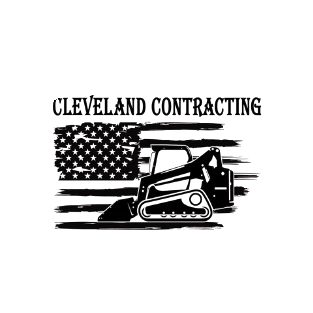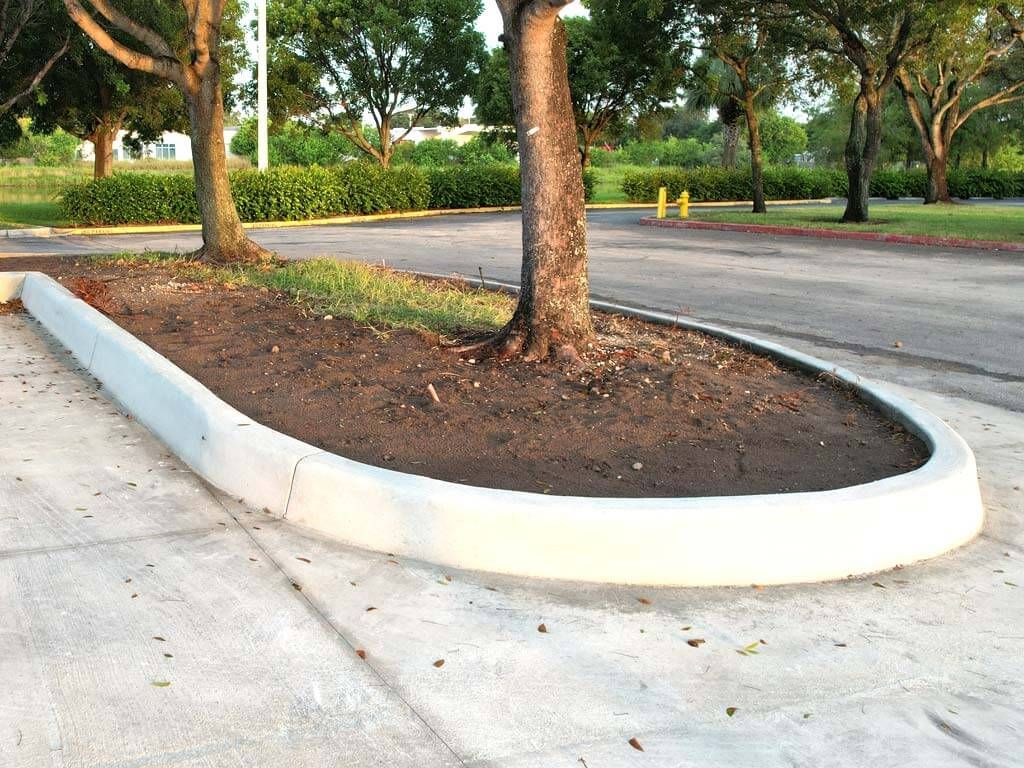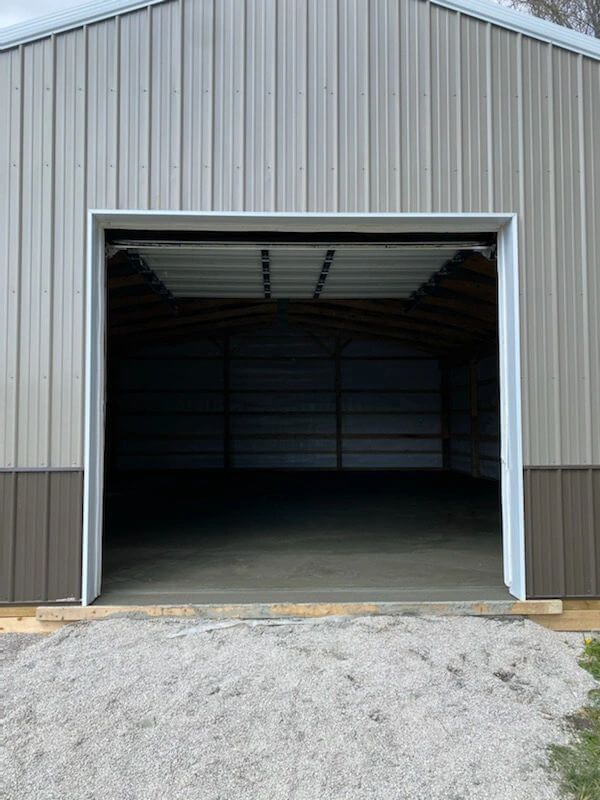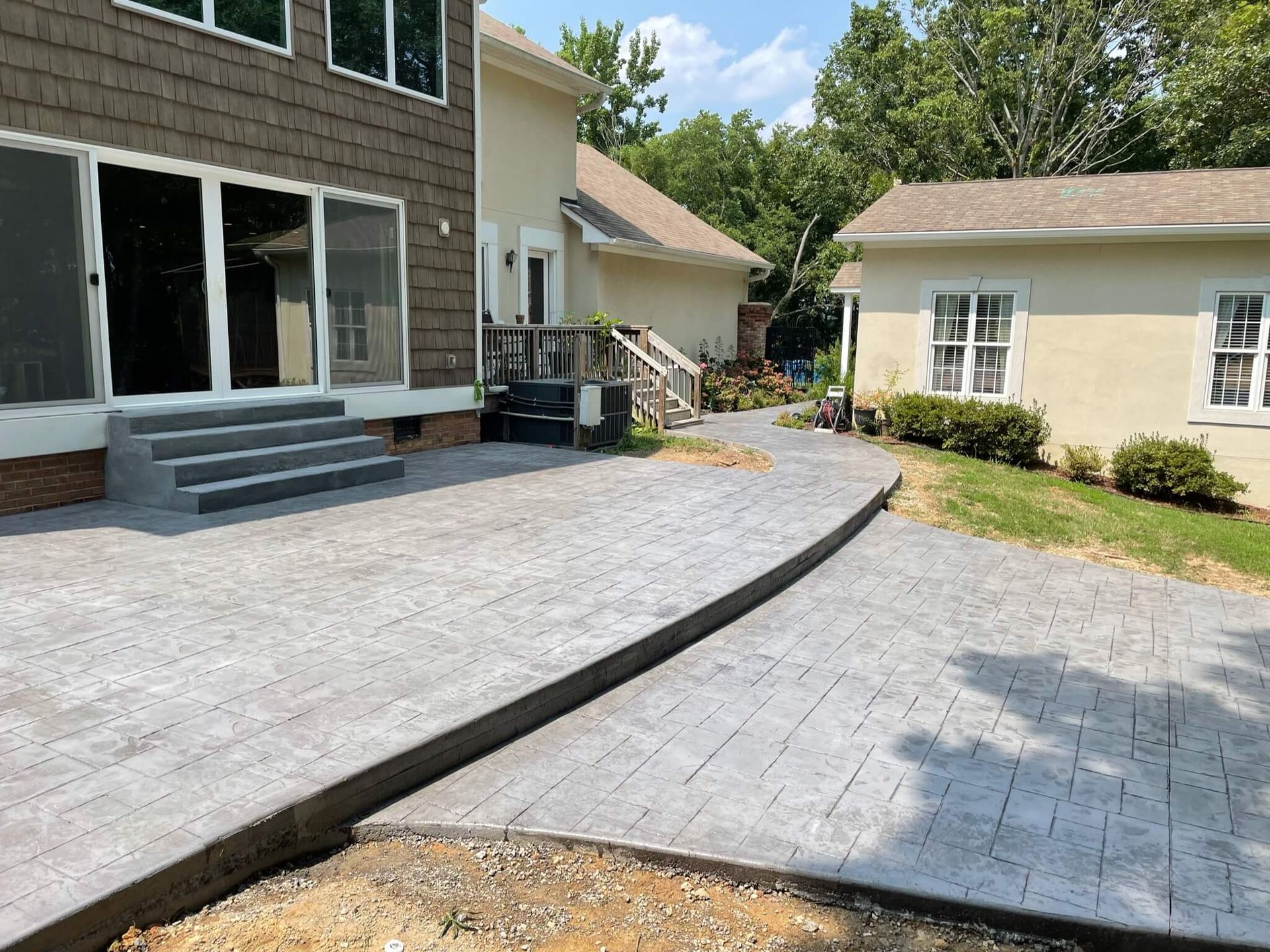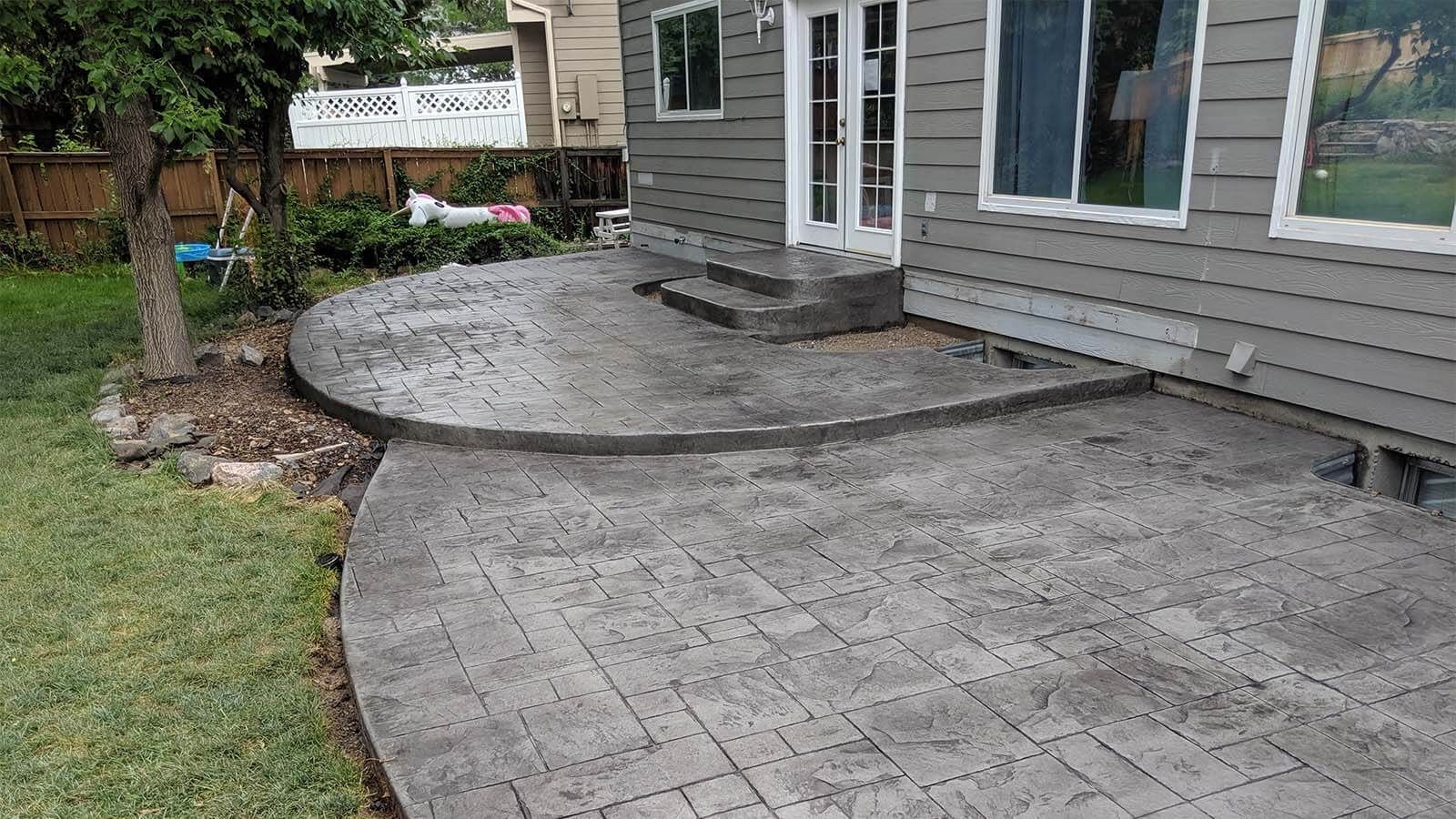7 Signs That You Need Concrete Replacement
Related Articles...
Concrete replacement foundations are more than just cosmetic improvements; they are about conserving the environment, assuring safety, and constructing a better societal future. Newer and more resilient materials can resist extreme weather events, lowering maintenance concrete service costs and strengthening our infrastructure.
Replacing concrete with Primed Concrete is the first step toward a healthier, safer, and more sustainable future.
Here are seven (7) indicators suggesting your concrete needs to be replaced:
1. Cracks and Potholes
- Wide Cracks: Cracks wider than approximately a quarter-inch (0.6cm) indicate underlying structural problems that extend beyond superficial damage. Cracks that exceed one foot (30cm) give rise to additional concern.
- Deep Cracks: Cracks deeper than half an inch (1.2cm) suggest substantial deterioration and the possibility of underlying issues.
- Poltholes: Poltholes are concave areas that form when cracks in the pavement widen and crumble. They can create tripping hazards and are a sign of significant deterioration.
2. Uneven Surface
- Sloping Sidewalks: Sloping sidewalks can pose risks as they may become slippery and contribute to basement flooding.
- Sunken Slabs: The sinking of concrete slabs around patios or pools can lead to potential tripping hazards and issues with drainage.
- Level Difference: If the concrete slab exhibits a notable difference in height compared to its surroundings, it could suggest underlying issues with the foundation or drainage.
3. Age and Discoloration
- Surface Wear: As surfaces age, minor wear and tear, such as scuffing or small cracks, is common. However, professional concrete contractors should be consulted on these issues.
- Noticeable Discoloration: Extensive areas of discoloration, particularly with a reddish hue, could indicate internal rust of the reinforcing steel, which may compromise the concrete's structural integrity.
- Scaling: Refers to the process of the concrete surface flaking or peeling off, which indicates significant impairment and the possibility of structural issues.
4. Water Issues
- Puddling: The presence of puddles on the surface for a duration exceeding 24 hours suggests inadequate drainage and the possibility of foundation problems.
- Efflorescence: It refers to the white, powdery deposits on the surface. It indicates moisture that has become trapped within the concrete, which can result in spalling and material weakening, requiring concrete services.
- Basement Leaks: Basement leaks can occur when there are cracks in the foundation walls or around basement entrances, resulting in a water leakage. This water leak can then lead to the growth of mold and cause damage to the structural integrity of the basement.
5. Hidden Hazards
- Foundation Movement: Cracks near doors or windows that are difficult to open or close and floors that are not level may suggest the presence of underlying foundation problems that should be addressed by a concrete company.
- Insert or Animal Damage: Insects and animals such as termites, ants, and burrowing creatures can create tunnels beneath concrete slabs. This activity can weaken the concrete foundation and also pose a risk of tripping.
- Rust Stains: These refer to rusty streaks or patches on concrete, particularly in plumbing equipment or reinforcement bars. These stains indicate internal decay, which has the potential to weaken the concrete foundation.
6. Aesthetic Concerns
- Stains: Concrete is susceptible to permanent staining caused by specific chemicals, oil spills, or graffiti, which can highly affect its aesthetic appeal.
- Extensive Crumbling: The development of extensive crumbling, where edges or corners chip away, can be visually unappealing and potentially hazardous.
- Incompatibility with Surroundings: If the appearance of your concrete does not harmonize with the overall design or style of your property, replacing the concrete can improve the attractiveness of your property and increase its value.
7. Functional Issues
- Multiplying Cracks: The expansion or multiplication of cracks signifies persistent structural issues that cannot be resolved.
- Excessive Flexing: Concrete slabs intended for pedestrian use should not exhibit significant bouncing or flexing when walked upon. Excessive movement suggests a lack of stability in its concrete foundation.
- Loss of Traction: The loss of traction can occur on smooth or worn-out concrete surfaces, particularly on driveways or walkways, which can become slippery and pose a risk in wet weather.
Ensuring your concrete foundation's safety, value, and overall condition involves investing in maintaining a clean and secure concrete surface. It serves a purpose beyond visual appeal; it protects against potential accidents, structural weaknesses, and health hazards.
By promptly addressing minor issues and prioritizing regular maintenance with your concrete contractors, you can ensure that your concrete remains in good condition for many years. It will help protect your investment and enhance your overall satisfaction with your property.
By taking proactive measures and paying close attention to subtle indicators, you can ensure the long-term durability of your concrete and prevent unexpected concrete services in the future.
If you need a local concrete company in Toledo, Ohio, Primed Concrete can accurately evaluate your circumstances and the most suitable approach. If you notice any of the previously mentioned signs, please do not hesitate to seek professional advice from our concrete company at 419-780-3892.
